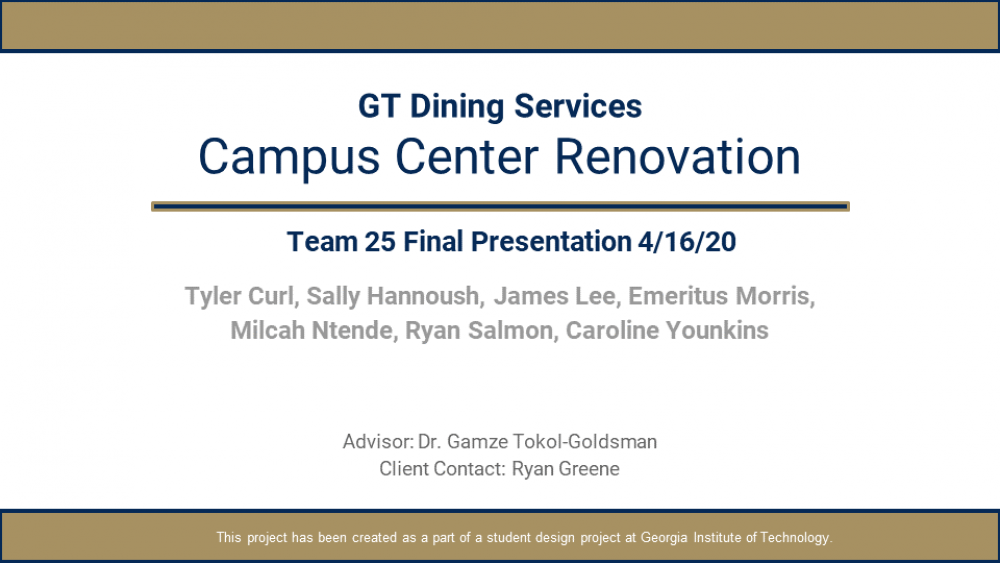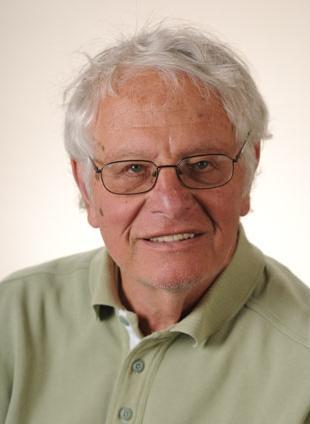Client Context
The client is Georgia Tech Dining Services (GTDS), and the more specific system is the Student Center during lunch time (11am-2pm weekdays during the school year). The Student Center will be closed and undergo renovations for two years, thus causing uncertainty in where the high demand (the 6,200 daily transactions at the Student Center) will go. The Georgia Tech Dining administration is willing to be flexible with adding additional dining options on campus, modifying certain operations within the dining halls, and contacting certain Georgia Tech administrative departments.
Project Objective
The overall objective is to maintain lunch opportunity, convenience, and satisfaction of students during the two-year transition to the Student Center. This can be measured by the decreased average wait times and cycle times of customers at restaurants, maintained the total number of daily lunch transactions, and reduced congestion. An additional objective is to maximize the utilization of GTDS resources, including suggested potential pop up stands, food trucks, and express buses.
Design Strategy
We began the project by collecting data through a variety of mechanisms including surveys, client provided data and manual collection. We then built a simulated version (in Simio) of the new dining system without any changes and recorded the results. After getting initial results, we developed food truck and express bus models as well as a new pricing strategy. These were then inputted into the simulation to test for various scenarios and to validate our assumptions and verify our results. These initial models were run in Gurobi and the simulation was created in Simio.
Deliverables
We coded the optimization model for the Express Bus Schedule into Excel to create a tool that runs the model based on input demand data and available resources, outputting a schedule of bus departures. We coded the Additional Dining Options Scheduler into Gurobi for Python to create an optimal schedule based on customer preferences. We then created a tool in Excel based on that schedule that allows the client to modify the set of available food trucks and pop up stands and input new customer preferences rankings. The tool updates the schedule accordingly and outputs a visual representation in the form of a map. For both of these models we also delivered a proposed initial schedule, which we identified by testing several outputs from each in the simulation of the future system. In conjunction with the Additional Dining Options Schedule, we delivered a list of proposed pop-up stand locations. We also delivered a recommendation for lowering the lunch price at the dining halls as a way to increase traffic along with data analysis to support the proposal. Lastly, we delivered to the client the results of our customer survey along with a document containing relevant highlights of the response data based on our analysis.


